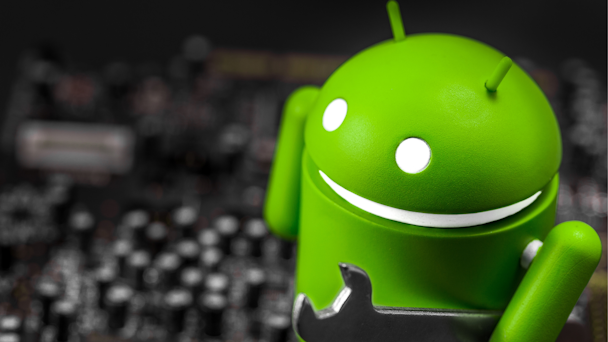All your stereotypes about Android users are wrong
With all of the changes at hand, advertisers need to start looking at Android differently, writes AdColony’s Sheeva Banton. Here’s four reasons why she’s excited about this audience and why you should be too.

It’s now been nearly a year since the official implementation of the privacy tracking features in iOS 14.5, and the numbers are in. While some apps, like shopping, food and drink, finance and gaming are seeing reasonable opt-in numbers, social media (unsurprisingly) and utility apps (surprisingly) are simply not getting “allows” from mobile users. Across all apps, some reports say one in three iOS users are opting into tracking, others put it in the low double digits.
The numbers say it’s the end of an era. This means that a lot of iOS users are floating around the app ecosystem, playing hours of games, scrolling through feeds – and advertisers have no idea who they are. Apple’s privacy-safe app install attribution tech SKAdNetwork is a solution, but it doesn’t have a lot of the attributes marketers are accustomed to, such as user and ad group-level data and unlimited campaigns. And it’s limited to app install campaigns only.
As an advertiser, losing targeting and attribution at once is a bit scary. Ad prices on iOS fell at least 10%. Yet advertisers didn’t stop spending on mobile entirely – many shifted spend to Android where targeted audiences can still be had. So far, Google has yet to institute similar mobile privacy restrictions, and as they are delaying cookie depreciation on desktop, I don’t think a big shift in mobile will happen anytime soon.
The question now is, was this the wake-up call they needed to see that Android users are just as valuable? Here are four reasons I’m excited about Android users:
1. It’s an enormous audience, and only getting bigger
Globally, we all know Android is the clear leader with 72% market share – but even just looking at the US, we can see that the platform is growing and is an even split with iOS.
While Apple can keep users on iPhone due to the brand and the ecosystem, the company admitted that loyalty is waning. From Q3 2019 to Q3 2020, between 12% and 26% of iPhone owners switched to Android. They’re simply finding better deals from various vendors on high-end devices that have the same capabilities and functionality. Google is making it easy to do so with a data-transfer app.
2. Android users have disposable income, too
For the past decade or so, advertisers believed that iOS users are more affluent and spend more. If you buy a $1,000 phone, you probably spend more on other items, too. However, there are Android phones that provide similar camera and screen quality, and brands like Samsung are innovating on hardware that, just like the newest iPhones, can cost $1,000+.
Looking at income-bracket data from Global Web Index (GWI), the split of iOS and Android users doesn’t shift significantly, either.
iPhone owners may also not be as valuable as advertisers thought. Even Tim Cook “confessed” in a WWDC address that many iPhones are handed down. It’s not Mom or Dad’s phone anymore, it’s 5th grader Stacy’s. As Android devices have grown in features and price, Apple has taken steps to make the iPhone cheaper, and carriers have jumped into the payment-plan options. As a device group, they’re not anymore “premium” than Android anymore.
3. The advertising experience is still top-notch
It’s well-known among app developers that if you intend to monetize through a subscription model or in-app purchases, iOS is the more effective option. But if you are planning on using an ad-based model, Android apps tend to monetize successfully.
There used to be differences in some features, for instance, haptic feedback or augmented reality, but that’s not the case anymore – advertisers can get just as fancy on Android as they can on iPhones. Marketers looking to reach audiences in high-quality iOS apps can now run the exact same campaigns, in the exact same apps.
4. The power of contextual, plus audience targeting
With the depreciation of IDFA, contextual advertising is back. After all, it’s not like you’re buying on ESPN and calling it a day. Reaching sports fans there is simply the first step; you then use that known audience to inform audiences. It’s not blind context, it’s informed context. This is why ad networks are moving to CPM, to account for a different kind of buying and selling.
I’m bullish on contextual, and for advertisers who still want to run impactful campaigns on iOS, this is the way they will need to go in the long run. But the fact that you can still buy audiences on Android means a lot. For most marketers, from brand to user acquisition, Android is a smart choice.
Sheeva Banton is vice president, west coast at AdColony, A Digital Turbine Company.
